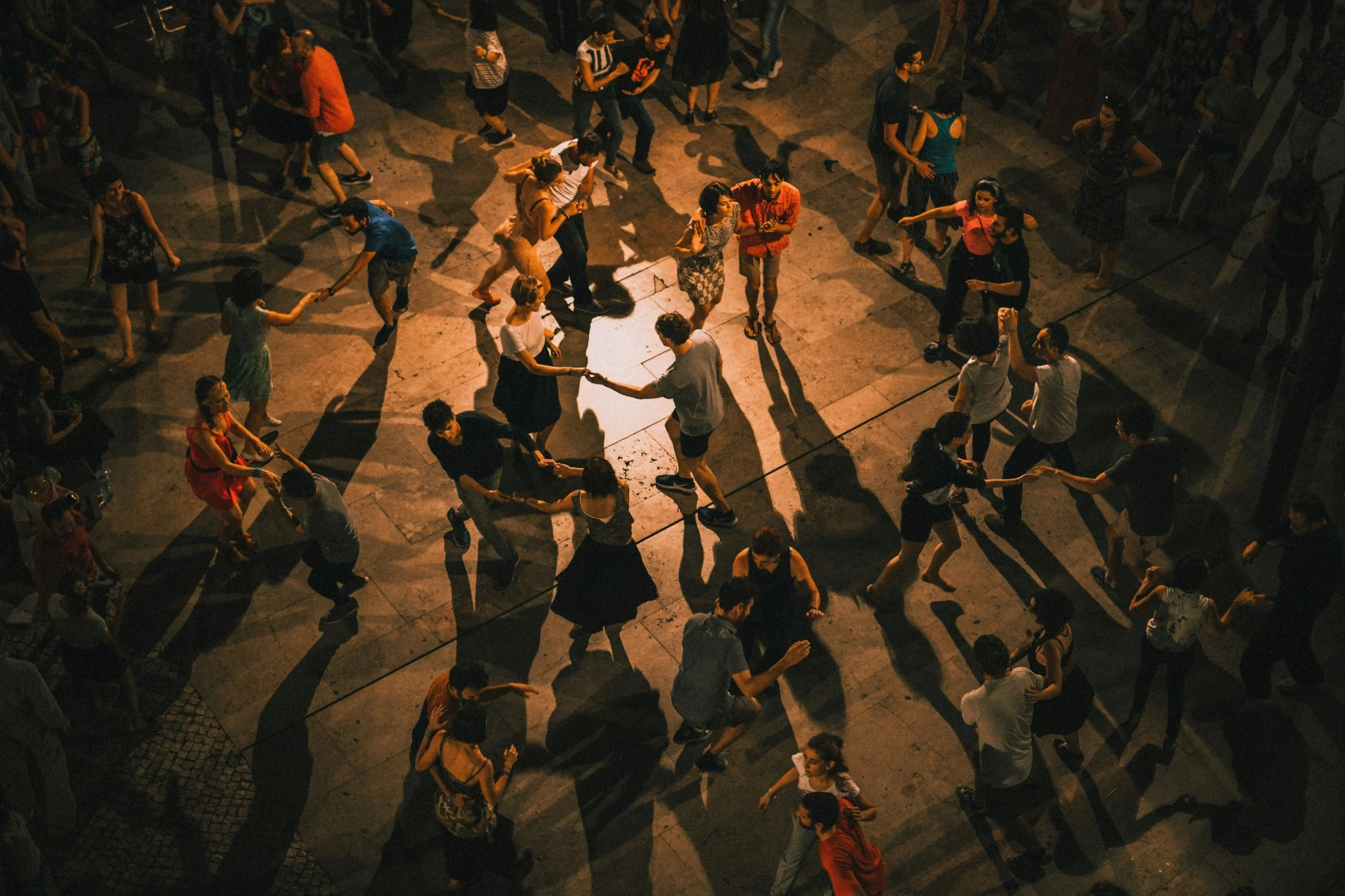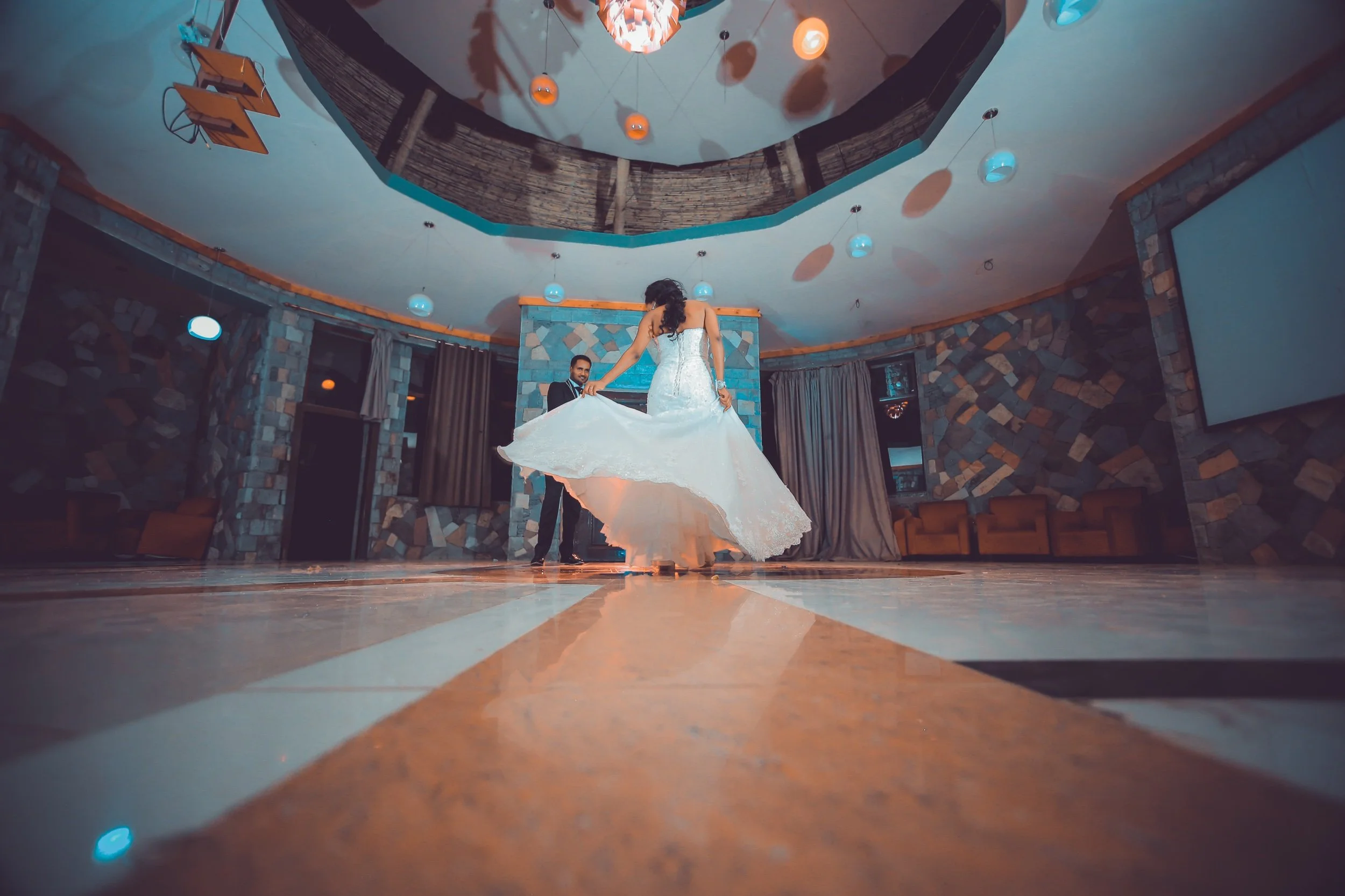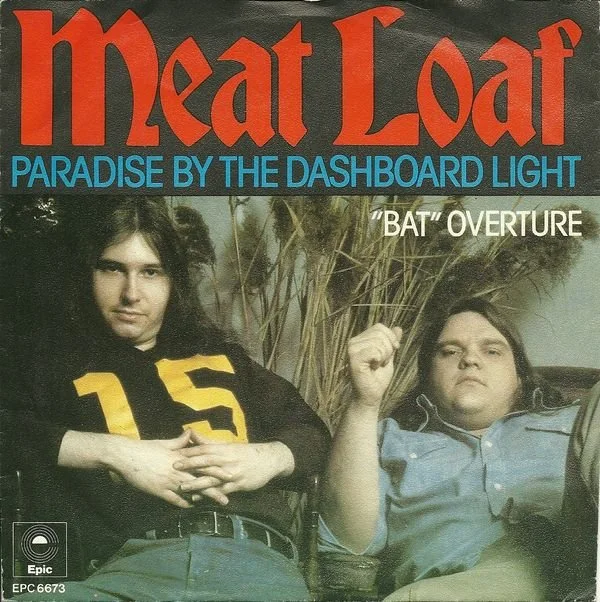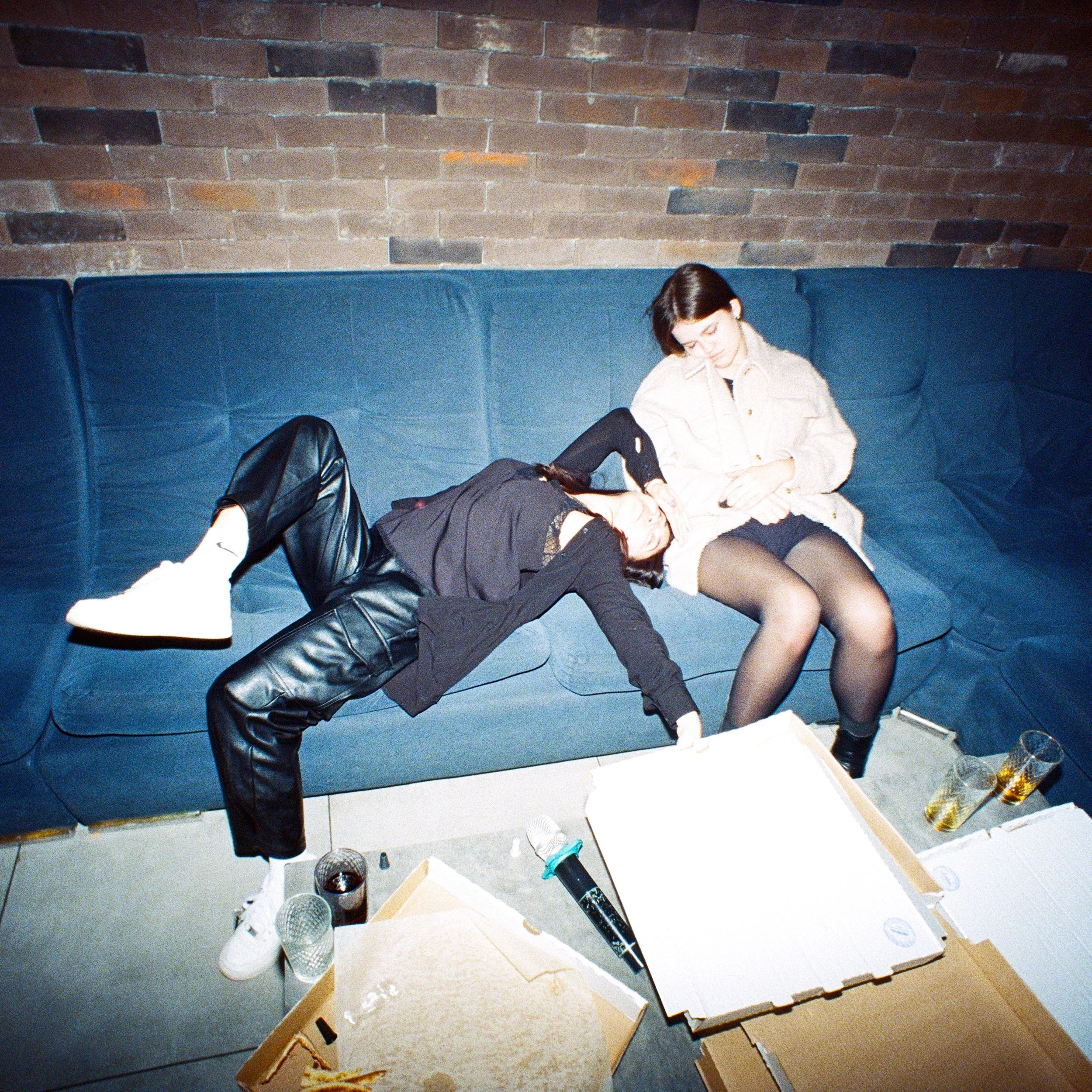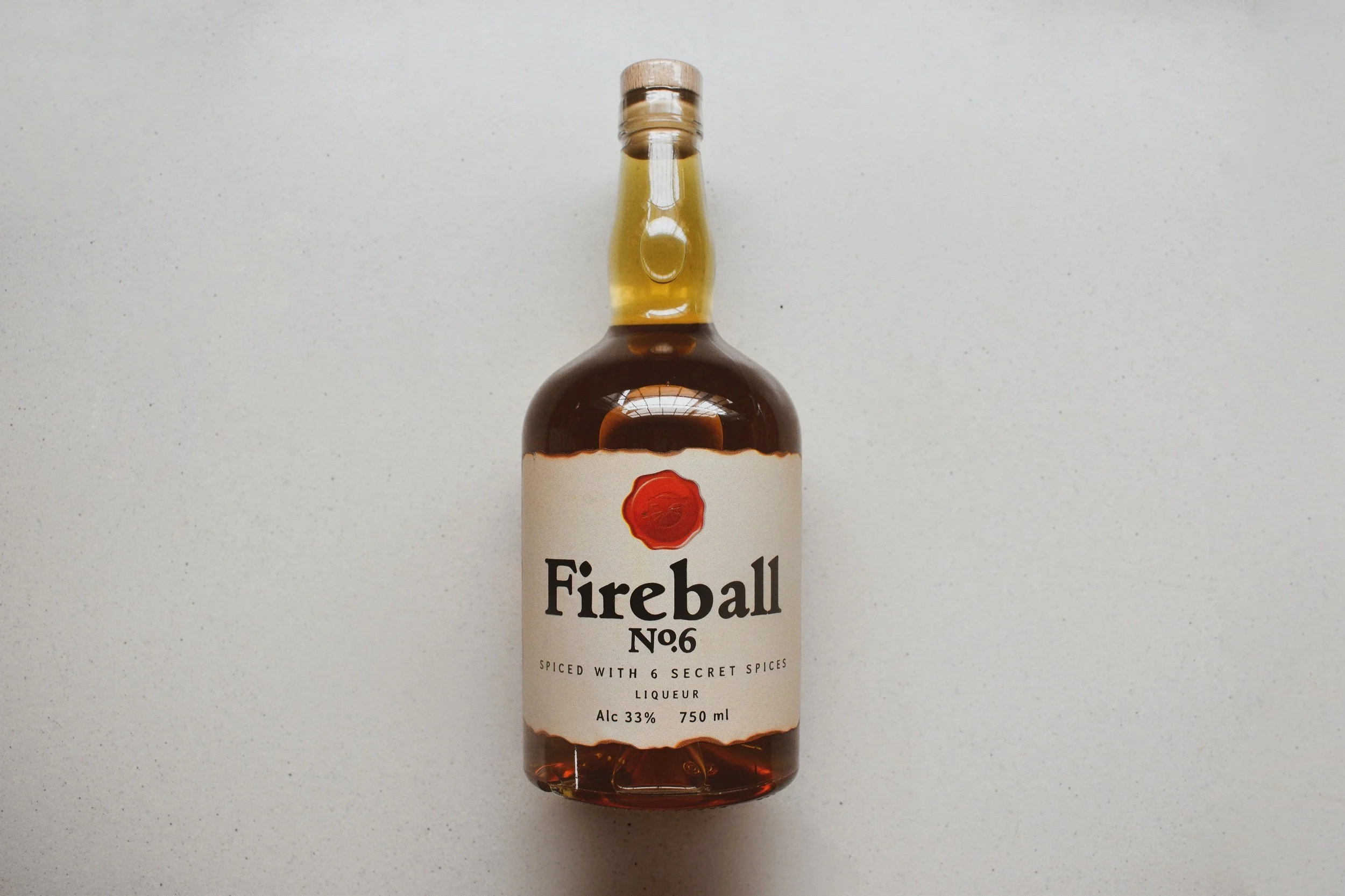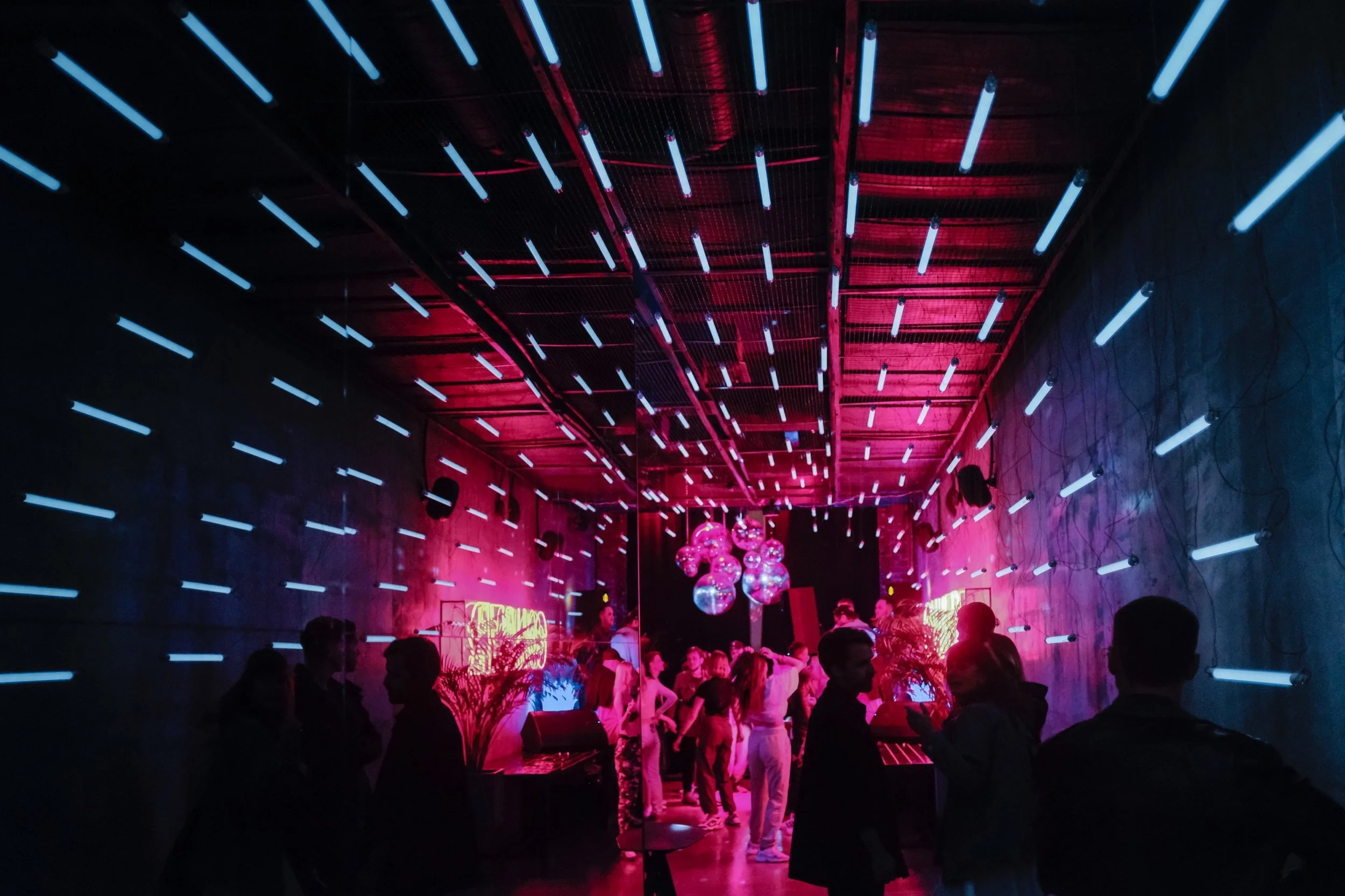It happens every wedding. Guests circle around and start to cheer on an energetic dancer showing off their dance moves. Finally out of energy, or out of moves, the dancer flees the middle of the circle leaving an empty hole. Hopefully someone else jumps in (or is lured in) so the fun can continue. This usually lasts about five dancers before no one else is willing to jump in. This is when the awkwardness sets in. Right before it starts to get weird, It’s important for the DJ to help close the circle either using the mic, or jumping onto the dance floor to help out the guests.
Play a slow song by Elvis, here they come. Up out of their seats, they slowly descend to the dance floor.
It’s funny, a lot of the older people wait at their tables, watching the dance floor, just waiting for that slow song. This is why it’s important to play a slow song, and maybe some other music they’ll like earlier in the night. If you don’t tend to your older guests, they’ll get bored, and leave even earlier than they were planning. They’ll say things like, “I don’t know why the DJ didn’t play any slow songs”.
But if you play a few songs for the older crowd, they’ll be very grateful. Often, you’ll see some remain on the dance floor, even when the music picks back up to newer, faster songs.
You’re like a bright light that attracts moths. Okay, that sounds bad, but people gravitate to you during your wedding. By being on the dance floor, you communicate that’s where the fun is at. So why wouldn’t you be out on the dance floor all night?
Maybe you want to ensure to talk with all your guests. The first strategy is to talk with only certain guests during dinner time, those who might not be on the dance floor later. Second, you need to see the dance floor as a place where conversations can happen. I see brides all the time going back and forth between talking and dancing.
Lastly, if you’re worried your drink will get low, every guest relishes the chance to serve a bride on her big day.
Yes, they should. And here’s why.
Only the DJ knows what songs are on the “do not play” list. Bruno Mars and line dances commonly show up because they’re overplayed. Maybe a song is tied to a bad memory. Either way, the DJ should make the final decision.
It’s not a simple decision. Who is making the request? Someone in the bridal party carries more weight than an uncle who hasn’t touched the dance floor; they usually request an obscure rock song or something for their lady. Parents and grandparents get VIP treatment; i’ll go above and beyond to make sure their songs are played (if not on the “do not play” list).
It’s important to listen to the guests. Often, they’ll request a song that makes the dance floor go nuts. Sometimes a guest knows what their family and friends like.
There are a couple ways to make sure requests don’t clear the dance floor. One is to mix it in with other songs of the same genre. If I’m playing Hip Hop and someone requests Salsa, I can’t immediately jump to Salsa. I need to slowly transition, maybe play a Pitbull song first. Second, if the dance floor doesn’t doesn’t respond well to a request, I can switch to another song quickly by being prepared.
One final important point, I do my best to ensure guests don’t bother the Bride and Groom. Sometimes, an inpatient guest complains to the Bride and Groom their song wasn’t played. You don’t want to deal with this on your wedding day. A little tact from the DJ goes a long way, especially when someone requests “Confessions by the Dashboard lights” by Meatloaf.
Big wedding? Great, you’ll have a plethora of guests always on the dance floor. Small wedding? Make sure your DJ knows what they’re doing.
There are fewer guests to fill the dance floor at a small wedding. The DJ needs to pay attention to their energy levels. If playing all fast songs for 45 minutes straight, the guests will get tired and head to their seats.
There are ways to let them rest while keeping them on the dance floor. Take down the energy by playing a sing-along such as “Friends in Low Places”; they’ll wrap their sweaty arms around each other and start swaying back and forth. Even a song with a slow-singable intro works, think “I Will Survive” by Gloria Gaynor. Also, the DJ could simply change to a slower BPM like Hip Hop and then build the energy back up.
Venues sometimes provide uplighting as an add-on. They can match whatever color you’re looking for. However, I do have a couple issues with them.
One is that a dark dance floor is usually more inviting to shy dancers. Unfortunately the venue's uplights are almost always left on once the dancing starts (full brightness too). The venue typically has one person who knows how to operate the lights, and that person probably won’t be there during your reception.
The second reason I prefer my uplights is the large level of control I have over them. I can dim them, sync them up to the music, or turn the whole room blue if playing the song "I'm Blue”. I can have them change colors slowly during a couple’s dance or strobe them at exciting moments. Mostly though, I can ensure the dance floor feels comfortable so the guests can lose themselves and have a blast.
A DJ could bring a GigBAR as a cheap lighting option. These have seven different lights all packed together on one stand. It’s super simple to set up and cost around $750. It may look a little cheesy with the lasers and might not be bright enough for larger situations.
On the other hand, a DJ could spend around $1500 - $3500 just for one light. Yes, there are drastically different levels of lighting. I have some lights like this. If you put your hand in front of the spotlight, even 10 feet away, you’ll feel heat. And don’t look into them, you’ll start burning your eyes.
Just because the DJ has nice lights doesn’t mean you’ll get a good light show. Both of the above options have built in light shows, but only using those limits potential. DMX lets DJ’s wirelessly control the lights themselves. For instance, if I play the song “Dancing in the Moonlight”, I can make it look like there is a moon on the ceiling. If I play “Fireball”, I can make the room red with flickering uplights to represent flames. I can place a spotlight on the dance floor during specialty dances. I can achieve a disco ball effect when starting a slow dance. The options are endless. But I must take to time to set all these options. Once I do, they become available with a click of a button.
Just recently, “Hang-on Sloopy” played during dinner. Everyone started loudly singing, “O,H,I,O” during the chorus (it’s an Ohio thing). With the click of a button, I was able to add fun lighting just while they sang each chorus. It was very impromptu, but added a lot of energy to what was happening.
Again, get a DJ who has great lights with great programming.
I arrived at the venue to setup my equipment. The first thing I saw was a large shelf with Fireball (whiskey) shots in cute bottles that had the guest’s names on them. There was even one for me. I loved the thoughtfulness to include me.
I knew what these shots were for. To open the dance floor that night, I invited everyone to the dance floor with their shot in hand (the kids had juice in their bottles). All the guests at once took the shots as I dropped “Fireball” by Pitbull. I have no idea where the bride got this idea, but it worked great. What a great way to start the party. Yes, it’s a trick to get people onto the dance floor, but it’s better than starting off with a slow-dance for everyone which feels cheesy.
The worst is when a DJ plays the whole song with a small three second silence before the next song starts.
I was at an event with my wife and there was dancing. The DJ played his music this way, and it sapped all the energy from the dance floor.
Even if a song is crushing it, that doesn’t mean to keep playing the full song. Move onto the next one while the energy is up. Dancers get a high every time they hear a new song coming on, wanting to hear the chorus that they love. The problem is most people aren’t going to know the second and third verses; at these times the dancers will get bored and start thinking about what else they could be doing, like going back to their table to have some water or another cookie. Playing the whole song and having silence between songs is even worse and utterly terrible at keeping attention on dancing.
I quick mix which means I focus on playing around 30 seconds to two minutes of a song (and play the best parts). Make sure your DJ knows how to mix. Not only that, they should have enough music prepared so they are excited to quick mix all night long.
I was sitting at the vendor table eating dinner talking with the other vendors. The Bride and Groom decided to go with a photo booth company that offered physical prints (which can also cause problems). I was talking with the photo booth attendant. She said, “would you mind announcing that people can come get their photo taken at the photo booth?” I told her I would, and later on I did.
There was a problem though. Since space was limited in the main reception area, the photo booth was set up in a completely adjacent room. Even with the announcements, she did not receive much traffic the whole night.
You don’t want to pull your guests in different directions, especially in this case where there was no point for people to travel to this room, other than the photo booth. The best option in my opinion? Put the photo booth on the dance floor! I definitely stole this idea from a DJ I highly respect, and the first time I did it, it worked great!
The dancers could quickly go and snap a quick picture while grooving, then continue dancing. The dance floor is where the fun is at. My DJ booth should be close to the dance floor. The bar should be close to the dance floor.
Worried about not have a cool backdrop or photo props? Don’t worry. I promise that the energy coming through in the guests make the pictures so worth it! It’s fun for the guests. They want to pull you out and take pictures. It just works!

